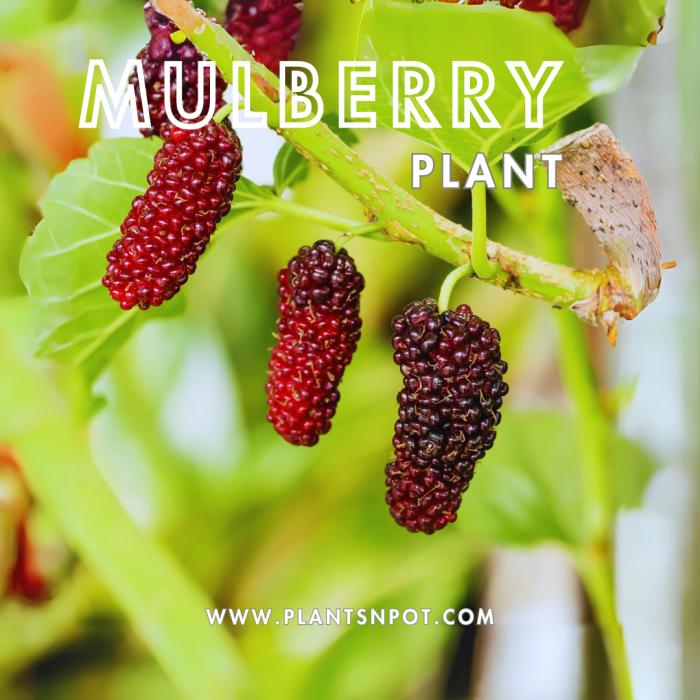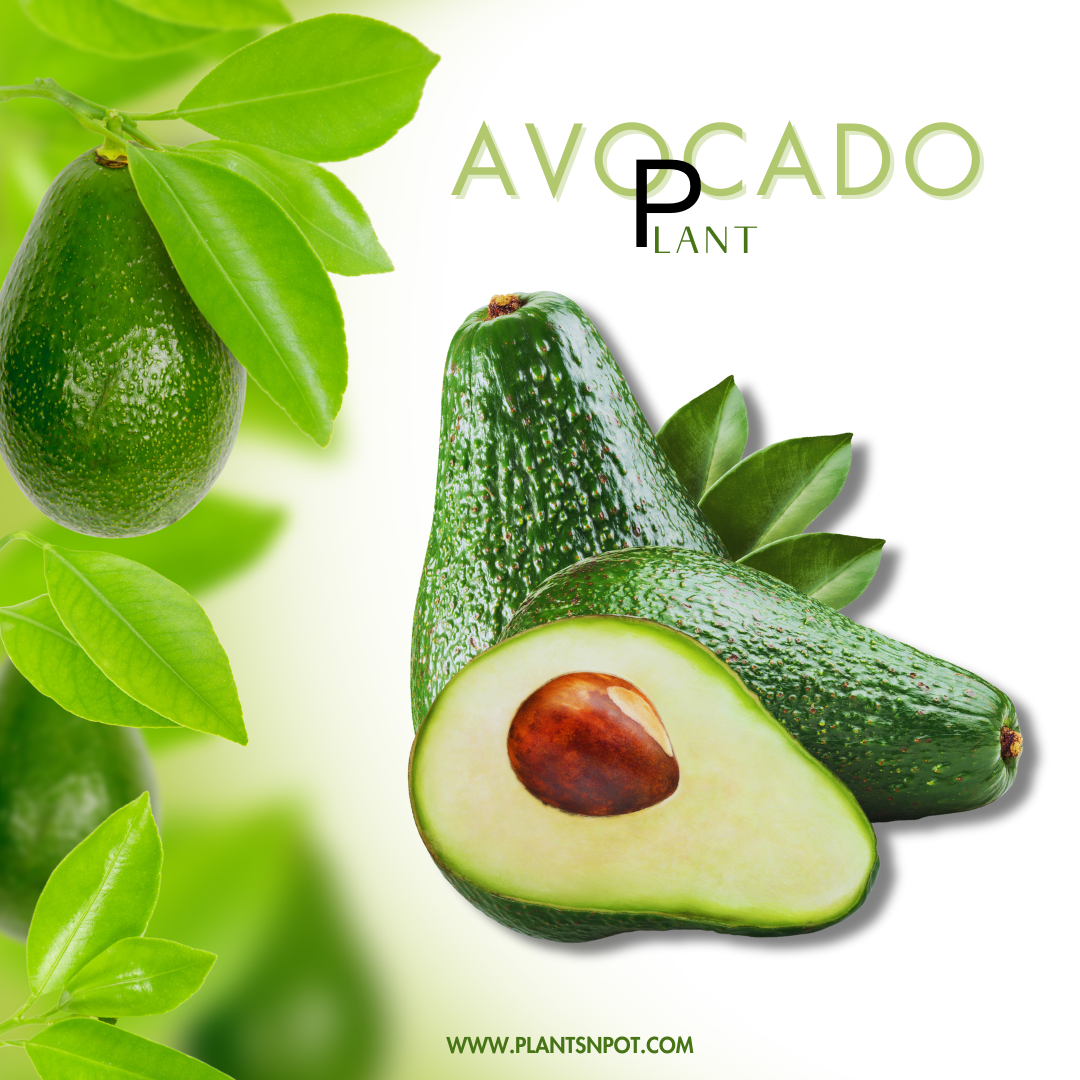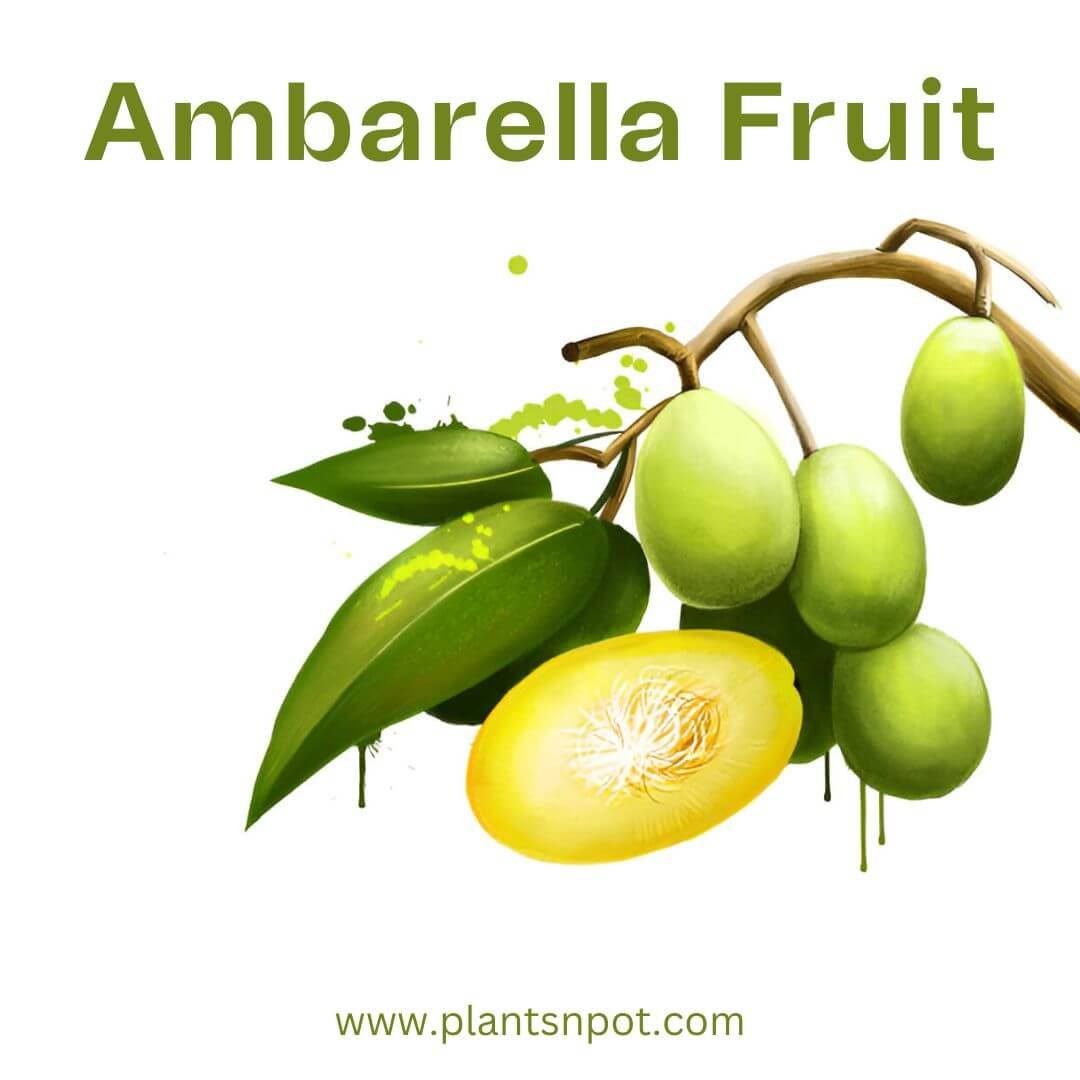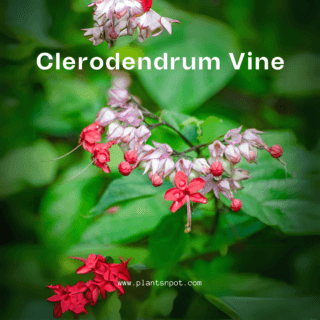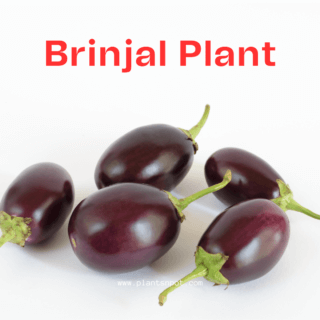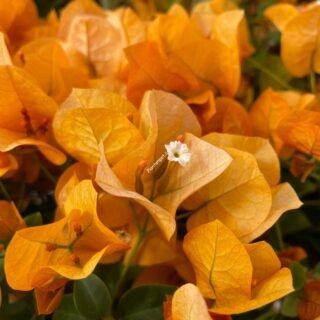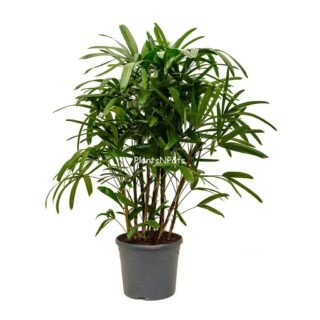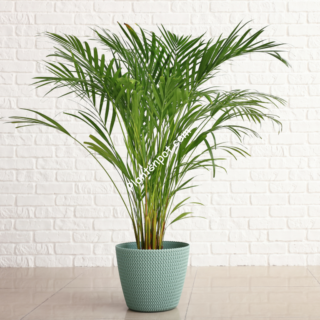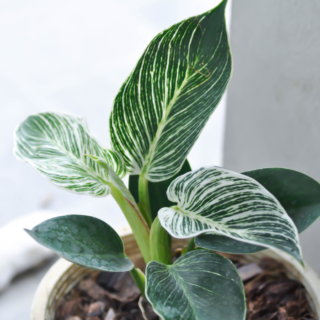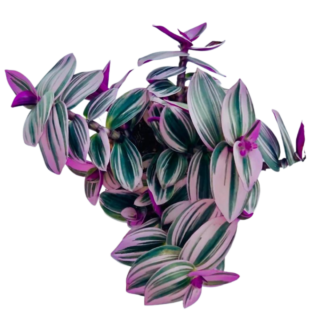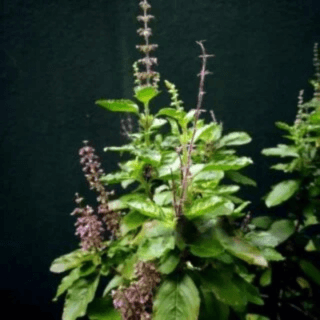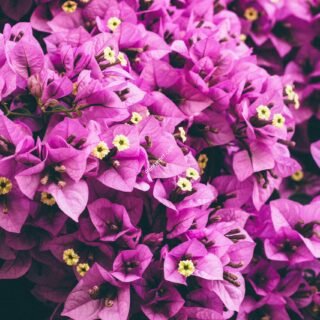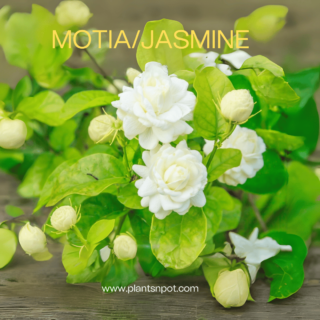Care:
- Climate and Location: Green mulberry trees thrive in temperate to subtropical climates. In Pakistan, they are well-suited for regions with mild winters and warm summers, such as the Punjab and Khyber Pakhtunkhwa provinces.
- Soil: Plant green mulberry trees in well-draining, fertile soil with a pH between 6.0 and 7.0. Sandy loam or loamy soil enriched with organic matter is ideal.
- Sunlight: Green mulberry trees prefer full sun but can tolerate partial shade. Plant them in a location with at least six to eight hours of sunlight per day for optimal growth and fruit production.
- Watering: Provide regular watering, especially during the dry season or when the tree is fruiting. Keep the soil consistently moist but not waterlogged to prevent root rot.
- Fertilization: Fertilize green mulberry trees with a balanced fertilizer formulated for fruit trees. Apply fertilizer in the spring and summer months according to the manufacturer’s instructions.
- Pruning: Prune green mulberry trees to maintain shape, remove dead or diseased branches, and promote airflow within the canopy. Pruning can also help improve fruit production and quality.
- Protection from Pests: Monitor green mulberry trees for common pests such as aphids, scales, and caterpillars. Use organic or chemical control methods as needed to manage pest infestations.
- Protection from Cold: In regions where temperatures drop significantly during winter, provide protection to green mulberry trees from frost and cold winds. Covering the tree with frost cloth or providing a temporary shelter can help prevent damage.
Uses and Benefits:
- Nutritious Fruit: Green mulberries are rich in vitamin C, vitamin K, iron, and antioxidants, making them a healthy addition to the diet.
- Culinary Uses: Green mulberries can be eaten fresh, used in jams, jellies, pies, and desserts, or dried for long-term storage.
- Ornamental Value: Green mulberry trees have attractive foliage and provide shade in the garden, making them a valuable addition to landscapes and home gardens.
- Wildlife Attraction: The fruits of green mulberry trees attract birds and other wildlife, contributing to biodiversity in the ecosystem.
- Medicinal Uses: In traditional medicine, various parts of the green mulberry tree, including the leaves and fruit, are used for their medicinal properties, such as promoting digestion and boosting immunity.
Overall, growing green mulberry plants in Pakistan requires attention to specific care needs tailored to the local climate and soil conditions. With proper care, green mulberry trees can thrive, providing a bountiful harvest of nutritious fruit and enhancing the landscape with their beauty.


